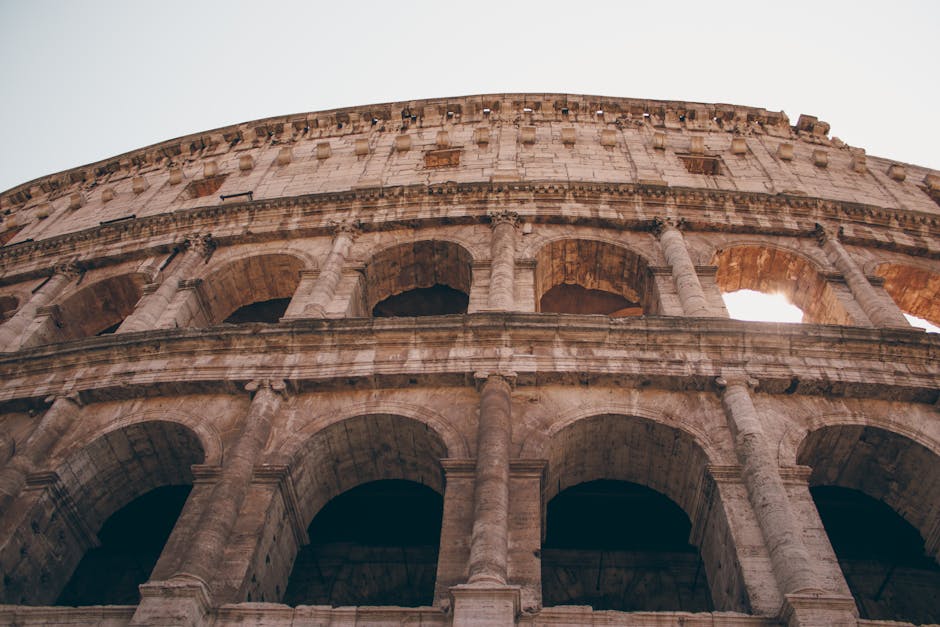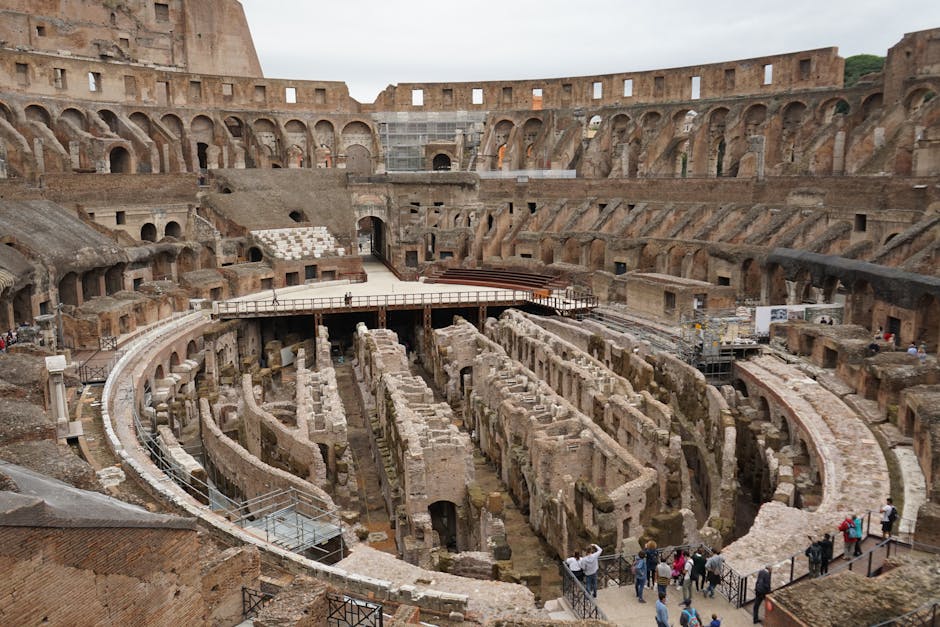Exploring the Colosseum: Rome's Iconic Amphitheater

The Colosseum, located in the heart of Rome, stands as a monumental testament to the architectural ingenuity and historical significance of ancient Roman civilization. This iconic amphitheater, originally known as the Flavian Amphitheatre, was commissioned by Emperor Vespasian around 70-72 AD and completed under his successor and heir, Titus, in 80 AD. The structure could hold an estimated 50,000 to 80,000 spectators and was used for gladiatorial contests, public spectacles, and dramatic performances. Today, it remains one of the most visited tourist attractions in the world, drawing millions of visitors annually.
Historical Background
The construction of the Colosseum began during the reign of Emperor Vespasian as part of his efforts to restore Rome's grandeur following the tumultuous year of the four emperors. Built on the site of Nero's Domus Aurea, a vast palace complex, the Colosseum was a gift to the Roman people and a symbol of imperial power. Utilizing concrete and sand, Roman engineers designed a structure that has stood the test of time.
The Colosseum was officially opened in 80 AD with 100 days of games that included gladiatorial combats and wild animal fights. Over time, it underwent several modifications and repairs, including significant work under Emperor Domitian. Despite suffering damage from natural disasters like earthquakes and fires, it remained a central part of Roman public life for nearly five centuries.
In medieval times, the Colosseum was repurposed for various functions, including housing and workshops. By the Renaissance period, it had become a source of building materials for other projects throughout Rome. Preservation efforts began in earnest in the 18th century, ensuring its survival as a historical monument.
Architectural Features
The Colosseum's architecture is a marvel of ancient engineering. Its elliptical shape spans approximately 189 meters long and 156 meters wide, with a height of around 48 meters. The exterior is characterized by three stories of arched entrances framed by columns in Doric, Ionic, and Corinthian orders.
Inside, the seating arrangements were meticulously planned to reflect the social hierarchy of Roman society. The arena floor (arena means "sand" in Latin) was made of wood and covered with sand to absorb blood from combatants. Below this floor lay the hypogeum—a complex network of tunnels and chambers used to house gladiators and animals before contests.
The Colosseum also featured an advanced retractable awning system called the velarium. This massive canvas could be deployed by sailors to provide shade for spectators during events. The ingenuity behind these features showcases the advanced capabilities of Roman engineering.
Modern Significance
Today, the Colosseum is not only a tourist attraction but also a symbol of Italy's cultural heritage. Recognized as a UNESCO World Heritage Site along with other historic centers of Rome, it continues to inspire awe among visitors from around the globe.
Efforts to preserve and restore the Colosseum are ongoing. Recent projects have focused on stabilizing its structure and making it accessible to modern audiences while maintaining its historical integrity. For instance, a major restoration project completed in 2016 cleaned and reinforced much of its exterior façade.
The Colosseum also serves as a venue for contemporary events that promote peace and human rights. Each Good Friday, the Pope leads the Way of the Cross procession at this historic site, underscoring its enduring significance in both historical and modern contexts.
Visiting Tips
If you're planning a visit to the Colosseum, here are some practical tips to enhance your experience:
- Book Tickets in Advance: Due to its popularity, tickets often sell out quickly. Purchase them online ahead of time to avoid long queues.
- Visit During Off-Peak Hours: Early mornings or late afternoons tend to be less crowded.
- Guided Tours: Consider joining a guided tour for insightful commentary and access to restricted areas like the underground chambers.
- Combine with Nearby Attractions: The Roman Forum and Palatine Hill are within walking distance and offer a deeper understanding of ancient Rome.
| Aspect | Details |
|---|---|
| Location | Piazza del Colosseo, Rome |
| Opening Hours | Varies by season; typically 8:30 AM - 7:00 PM |
| Ticket Price | Around €16 for adults; reduced prices available for EU citizens aged 18-25 and free entry for EU citizens under 18 |
| Best Time to Visit | Spring or Fall for milder weather and fewer crowds |
| Accessibility | Lifts available for wheelchair users; some areas may be challenging due to uneven terrain |
The Colosseum remains a must-see destination that offers a unique glimpse into ancient Rome's grandeur and ingenuity. Whether you're an avid history buff or simply curious about one of humanity's greatest architectural feats, visiting this iconic amphitheater is an unforgettable experience.
With careful planning and consideration for its rich past and modern efforts at preservation, your visit can be both educational and deeply moving.
